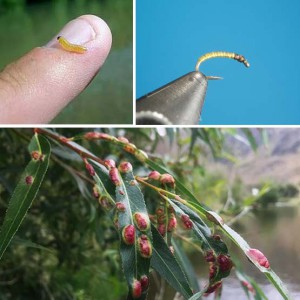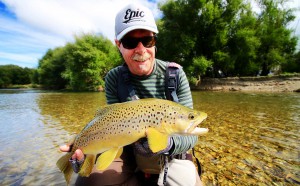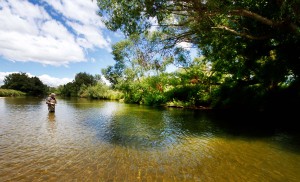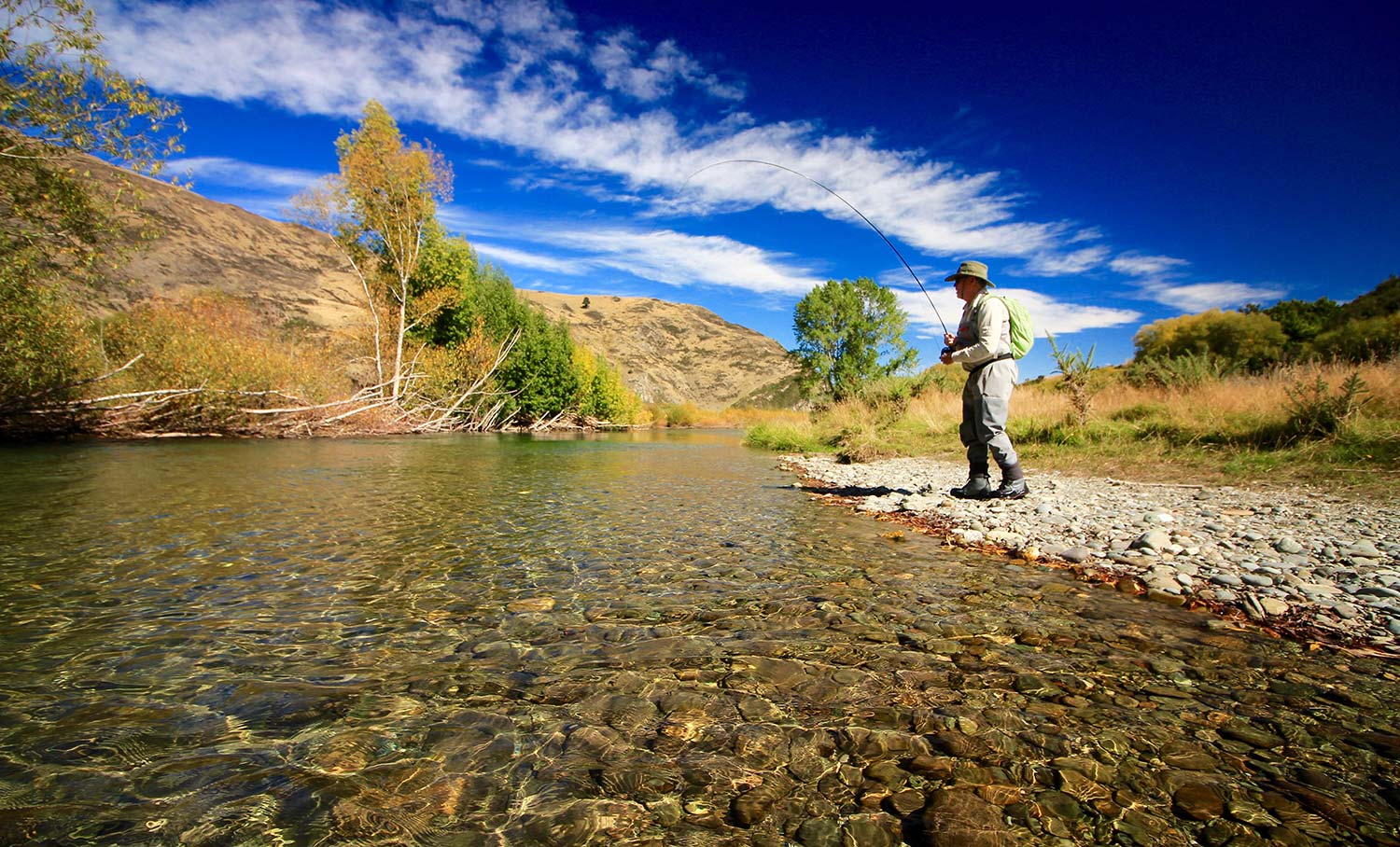By Chris Dore
Things are hotting up in Southern NZ and to many Southern locals, this means Willow Grubbing time!
 Willow grubs are the larvae of the Saw Fly (Pontania Proxima) , and pupate within those angry red blisters found on the leaves of willow trees. As they emerge from these leafy cocoons, many fall into the rivers and streams these trees line. To the trout, this is a terrestrial smorgasboard and they feed in frenzy like fashion on, in and below the surface. To the angler, this can mean a frustrating time as casts after cast goes unrewarded, and fly after fly is lost forever to low hanging branches. However this doesn’t have to be so.
Willow grubs are the larvae of the Saw Fly (Pontania Proxima) , and pupate within those angry red blisters found on the leaves of willow trees. As they emerge from these leafy cocoons, many fall into the rivers and streams these trees line. To the trout, this is a terrestrial smorgasboard and they feed in frenzy like fashion on, in and below the surface. To the angler, this can mean a frustrating time as casts after cast goes unrewarded, and fly after fly is lost forever to low hanging branches. However this doesn’t have to be so.
The key to successful grubbing is to imitate the minute movement of the natural, but how can you imitate the tiny pulses of an often size 20 or smaller morsel in the film without overdoing it?
By letting the fish see the drop of your fly. It’s often that simple.
 Now another problem is in seeing such a tiny, sparse imitation at 20 to 30 feet. My solution is to simply attach your grub pattern on a short dropper behind a hi-viz parachute, blowfly or beetle pattern. If the cast goes astray, the fish may even hone in on your indicator fly. Its a win-win really. You can also use a tiny yarn indicator, or a smear of strike putty on your tippet knot.
Now another problem is in seeing such a tiny, sparse imitation at 20 to 30 feet. My solution is to simply attach your grub pattern on a short dropper behind a hi-viz parachute, blowfly or beetle pattern. If the cast goes astray, the fish may even hone in on your indicator fly. Its a win-win really. You can also use a tiny yarn indicator, or a smear of strike putty on your tippet knot.
 The final dilemma is how to get those flies beneath or behind low hanging willow branches. Places that grubbing fish like to feed. The answer to this is practice. Roll casts, side-arm casts, curve casts and low, tight loops… shorter, smooth loading rods will assist in close contact scenarios, however the technical skill is all on you! Long, light leaders, pinpoint casts and slack line presentations. This is a fly casters heaven!
The final dilemma is how to get those flies beneath or behind low hanging willow branches. Places that grubbing fish like to feed. The answer to this is practice. Roll casts, side-arm casts, curve casts and low, tight loops… shorter, smooth loading rods will assist in close contact scenarios, however the technical skill is all on you! Long, light leaders, pinpoint casts and slack line presentations. This is a fly casters heaven!
Remember, if you’re not losing flies to the trees then you’re not casting in the right place.
Chris Dore
Gink & Gasoline www.ginkandgasoline.com hookups@ginkandgasoline.com Sign Up For Our Weekly Newsletter!

